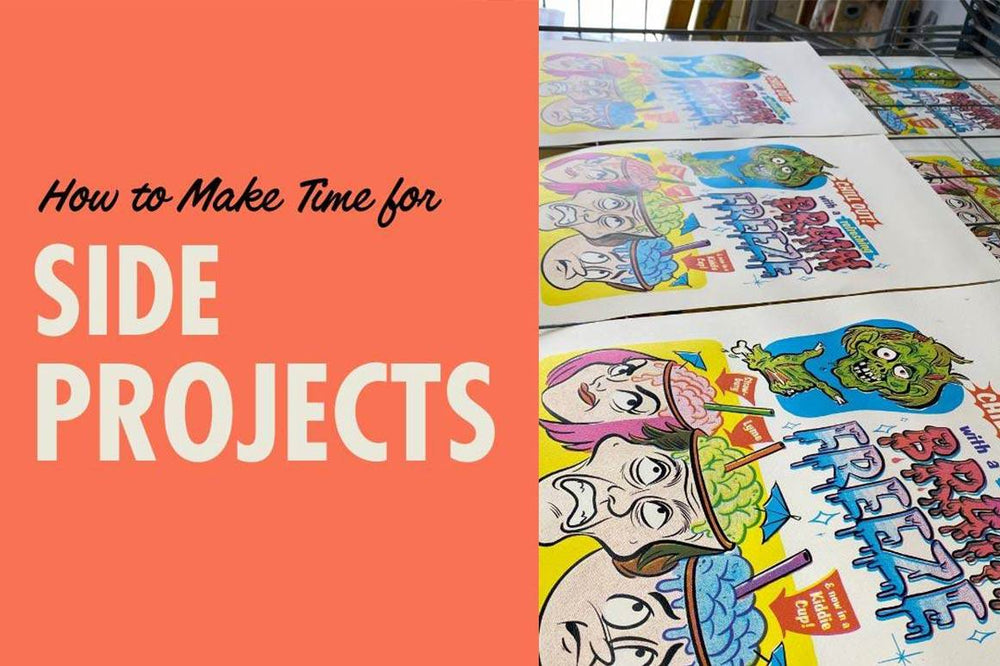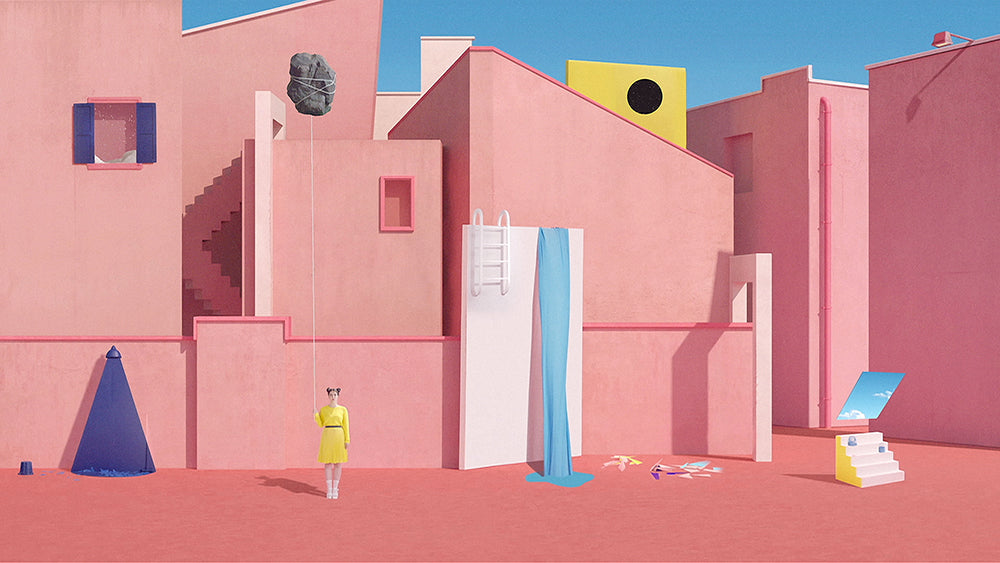Side projects are the lifeblood of creativity. Whether you want to become a better illustrator, venture into a new artistic field or simply remind yourself why you got into this game in the first place, a well-planned passion project has the power to boost your craft, build your reputation and even win you work.
Take letterer Jessica Hische, whose side project Daily Drop Cap raised her profile and brought in a number of new clients, including Google and The New York Times. Or Tina Roth Eisenberg - aka Swiss Miss - who was so successful in her self-initiated ventures (breakfast lecture series Creative Mornings and design-led temporary tattoo business Tattly) that her client work has been on hold ever since.
But finding time for self-initiated work is an art in itself - as any designer or illustrator facing tight deadlines, difficult clients or a debilitating case of imposter syndrome will know.
So how do you get a personal venture off the ground? From getting started to staying motivated and more, leading creatives offer their top tips, tricks and techniques for launching a successful side project…



